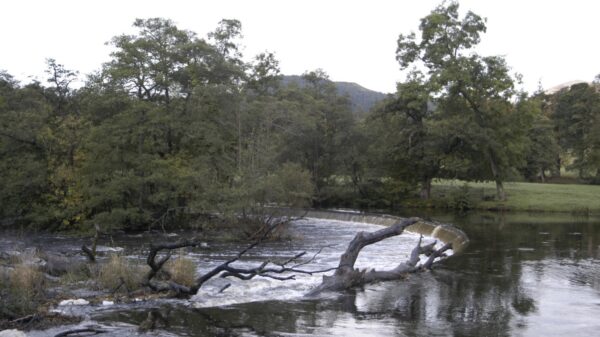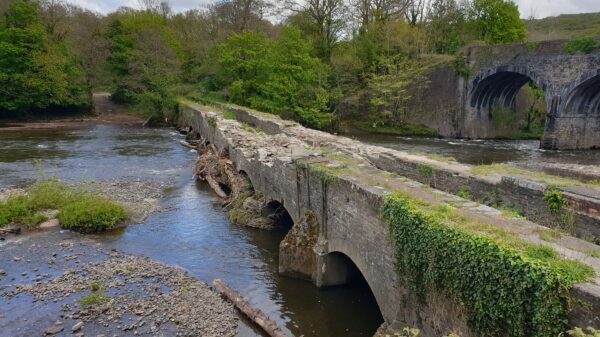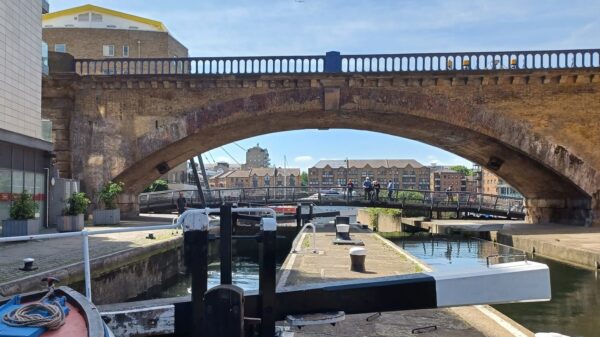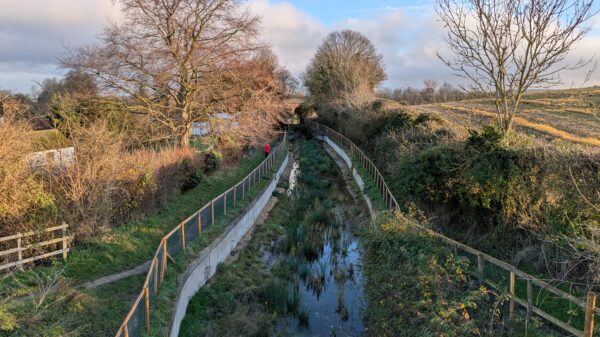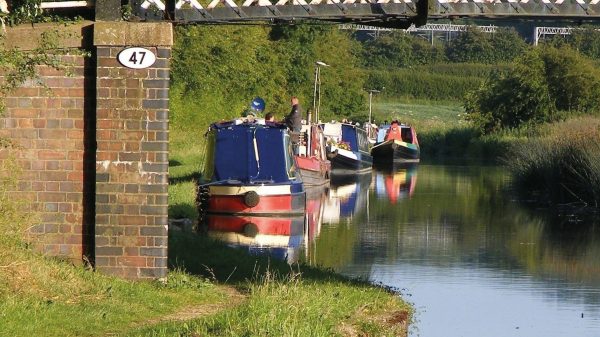Our on-going campaign to protect waterways heritage has been bolstered by the launch of the first part of a two-part report which aims to highlight the significance of waterways heritage across the UK.
The report focuses on the need for better protection of waterways heritage assets but also calls on navigation authorities, councils, planning authorities, developers and builders to consider waterways heritage in any future development plans for local waterways and adjoining land.
Britain’s waterways form a vast, open-air network of working canals and rivers, connecting city and countryside, alive with boats and enjoyed by millions. As a heritage asset it is unsurpassed in scale and accessibility. It tells the story of Britain’s industrial past as well as being important to its future. Sadly, many of the unique and diverse heritage features that make the waterways so special are not protected. Vast numbers have already disappeared and those that remain are at great risk of being lost.
Our report highlights our concerns and calls for a greater level of protection for waterways heritage features, over and above the 2,800 larger structures that are already listed through the Historic England register. These include 70 scheduled ancient monuments and five UNESCO world heritage sites. We don’t want the waterways to become a museum. What we are asking for is that our waterway history is protected and included in development plans rather than being overlooked or removed.
Part two of this report will be released in the summer and will go into more detail about the value of waterways heritage using a series of in-depth case studies alongside other resources for use by our Branch Heritage Officers.

